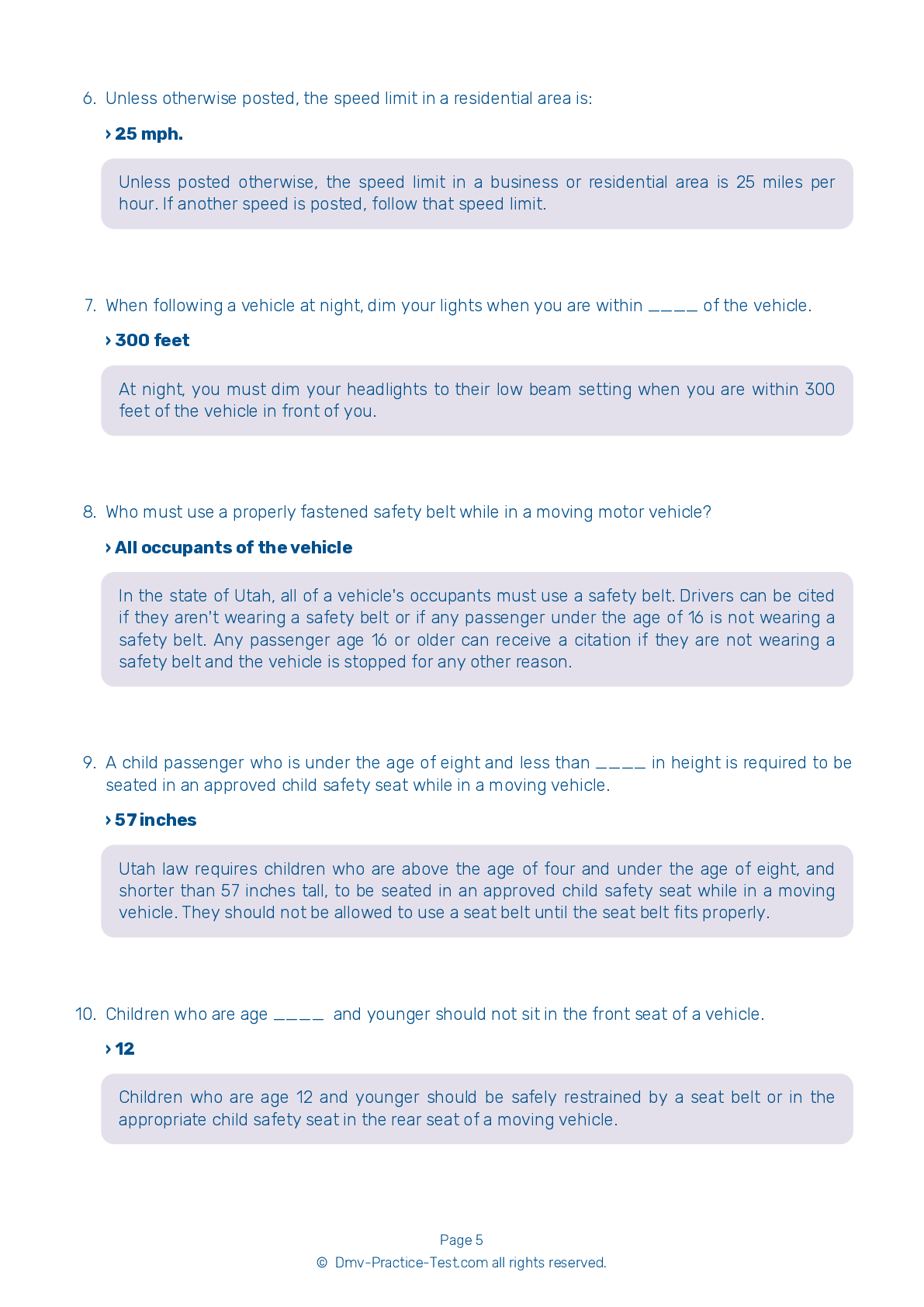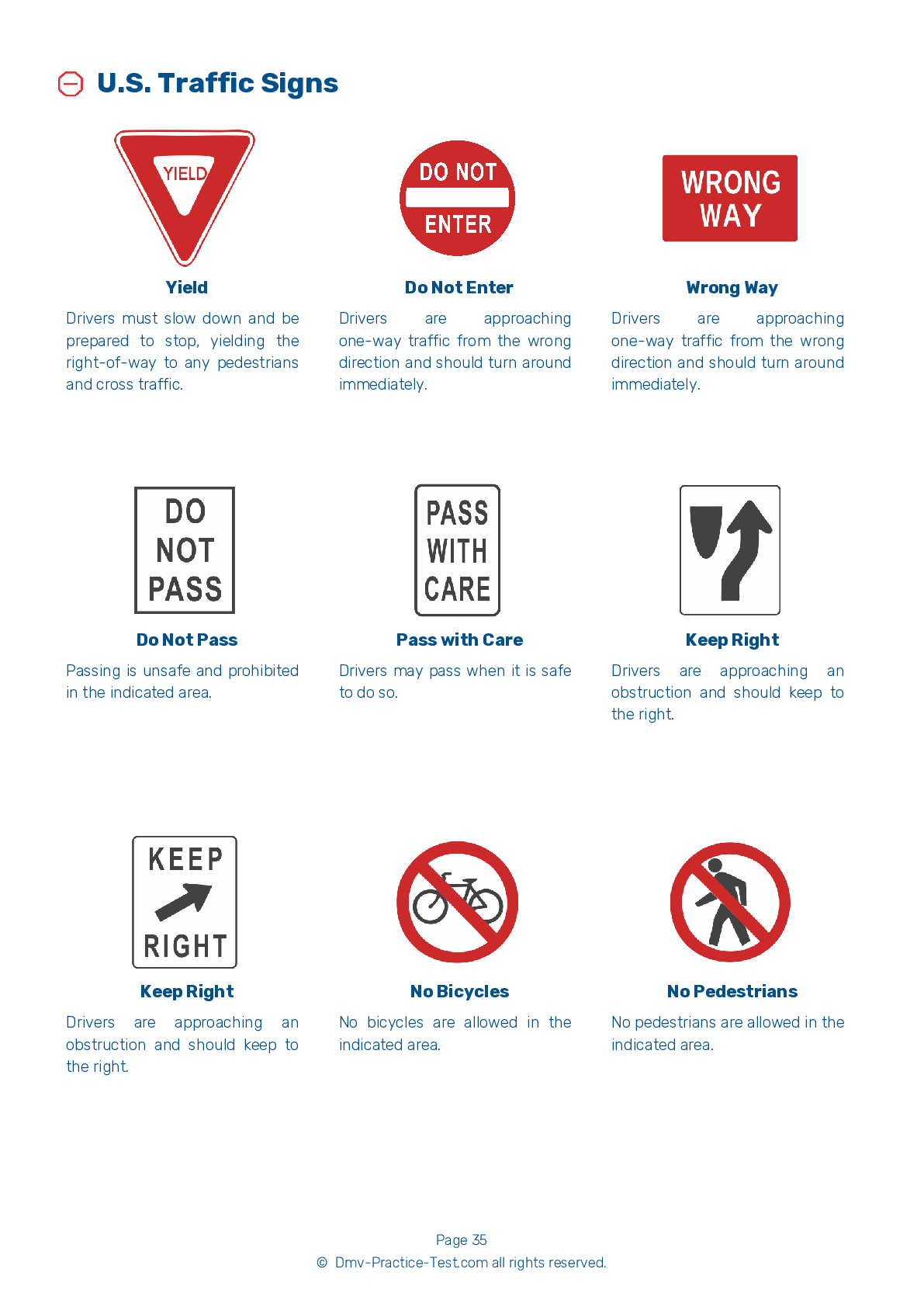FREE Utah DMV Practice Test #10 Page 2 of 3
The practise exams for the Utah DMV have been updated for January 2025. It comprises questions based on the most important traffic signals and laws for 2025 from the Utah Driver Handbook. To study for the DMV driving permit test and driver's licence exam, use actual questions that are very similar (often identical!) to the DMV driving permit test and driver's licence exam.
Each question on the practise exam has a tip and explanation to help you recall the ideas. Questions about traffic rules, traffic signs, and driving statutes, as well as knowledge from the Driver Handbook, will be included in the written portion of the official Utah DMV test.
You must properly answer 20 of the 25 questions to receive a passing mark. Use the Utah Department of Motor Vehicles' practise exam to help you prepare for your instruction permit or driver's licence.
The DMV exam is offered in a variety of languages.
Using any form of testing help will result in an automatic fail, and the DMV may take further action against your driver's licence, so avoid it.
9 . You may not cross a single broken white or yellow line:
You may cross a single broken line to pass or change lanes as long as you can do so safely and without interfering with traffic.
10 . A driver should be extra alert to motorcyclists, bicyclists, and pedestrians because:
In many collisions with motorcycles, bicycles, and pedestrians, drivers reported that they were looking but still did not see the smaller vehicle or pedestrian. These can be more difficult to spot in traffic than passenger vehicles because they are smaller, may move faster, and have less noticeable lighting. To prevent collisions with these smaller and less protected road users, drivers should always be alert to the presence of motorcycles, bikes, and pedestrians.
11 . This road sign means:
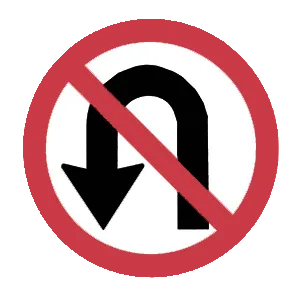
This signs indicate that U-turns are prohibited in the location where it is posted.
12 . This sign means:
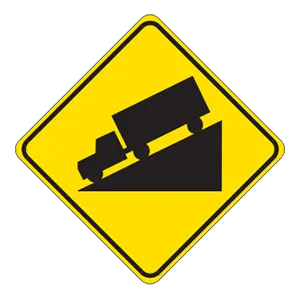
Warning signs prepare drivers for upcoming road conditions and hazards and are usually yellow with black markings. This sign warns drivers about an upcoming steep hill. They should adjust their speed accordingly to avoid brake damage or collision.
13 . Traffic signals sometimes display arrows to control turns from specific lanes. A green arrow:
A green arrow has the same meaning as a circular green traffic light, but traffic in the indicated lane must turn in the direction shown by the arrow.
14 . At an intersection with a yield sign, you should:
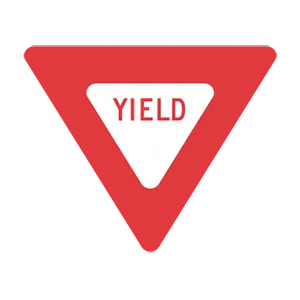
A yield sign means that you must slow down and yield the right-of-way to traffic in the intersection or roadway you are entering.
15 . To change lanes you should:
Before changing lanes, you should activate your turn signal in the appropriate direction and check your rearview and side mirrors. Look over your shoulder in the direction you plan to move in order to check your blind spot and check the far lane to be sure no one else is trying to enter the same lane as you. Change lanes when you are sure it is safe to do so.
16 . This road sign means:
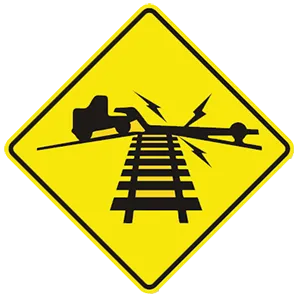
This sign indicates a low ground railroad crossing. Where this sign is present, railroad tracks cross the road at a steep slope and the bottom of low vehicles may drag or get caught on the tracks.
See the exact questions that will be on the 2025 Utah DMV exam.
99.2% of people who use the cheat sheet pass the FIRST TIME
LT gives us an insight on how the cheat sheet provided her with all the study questions she needed before taking her test.
Joe initially studied with the handbook and failed his test, he eventually found us online, studied and pass his test the first time around.


